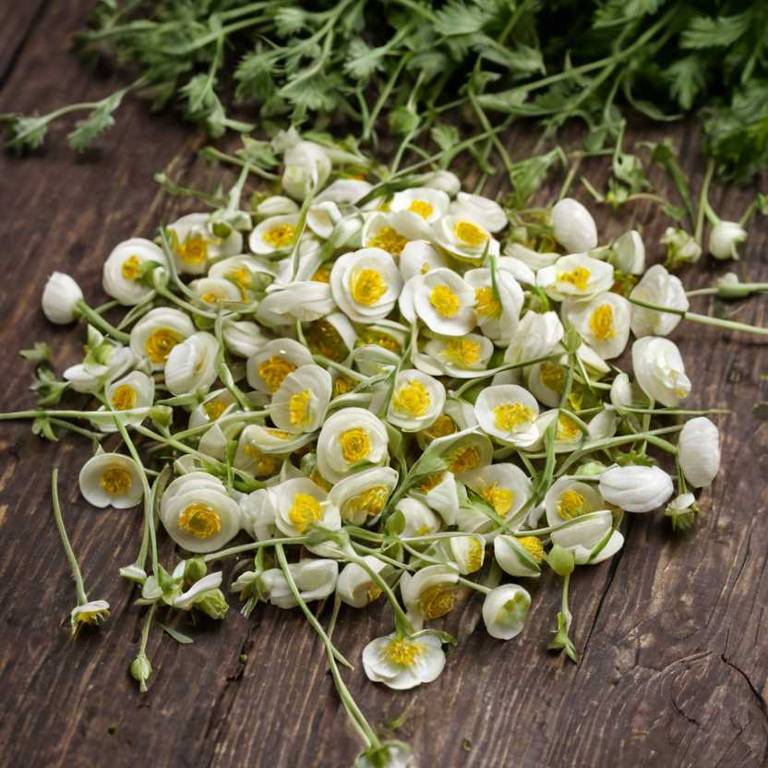Ranunculus Ficaria: What To Know Before Using It For Medicinal Purposes

Ranunculus ficaria, commonly known as the buttercup, has been traditionally used in herbal medicine for its potential anti-inflammatory and analgesic properties.
The plant contains compounds such as protoanemonin, which can have a stimulating effect on the nervous system, though it is also toxic in high doses. Historically, it has been employed to treat respiratory conditions, including coughs and bronchitis, due to its expectorant qualities. However, due to its toxicity, especially when consumed internally, its use in modern medicine is limited and requires careful preparation.
Despite its medicinal potential, Ranunculus ficaria is generally more valued for ornamental purposes than for therapeutic applications.
Health Benefits
Ranunculus ficaria has several health benefits, such as its potential anti-inflammatory and antimicrobial properties.
It contains bioactive compounds that may help reduce inflammation in the body, supporting overall immune function. Traditionally, it has been used in herbal medicine to treat skin conditions and respiratory ailments. However, it is important to note that it contains toxic compounds and should be used with caution.
Always consult a healthcare professional before using it for therapeutic purposes.
10 Best Health Beneift of Ranunculus ficaria
Bioactive Constituents
Ranunculus ficaria has several bioactive constituents, such as alkaloids, flavonoids, and terpenoids, which contribute to its medicinal potential.
These compounds exhibit a range of pharmacological activities, including anti-inflammatory, antioxidant, and antimicrobial properties. Alkaloids like ranunculin and protoanemonin are particularly notable for their irritant and toxic effects, which have been studied for their therapeutic applications in traditional medicine. Flavonoids present in the plant may help in reducing oxidative stress and supporting cardiovascular health.
Overall, the diverse bioactive profile of Ranunculus ficaria makes it a subject of interest for further research in natural medicine.
Medicinal Preparations
Ranunculus ficaria has several medicinal preparations, such as teas, tinctures, and poultices, which have been traditionally used for their therapeutic properties.
The plant contains various bioactive compounds, including alkaloids and flavonoids, which contribute to its medicinal value. Teas made from the dried leaves and flowers are often used to treat respiratory issues and skin conditions. Tinctures prepared with alcohol are believed to have anti-inflammatory and analgesic effects.
However, due to its toxic nature, caution is necessary when using Ranunculus ficaria, as improper preparation can lead to adverse effects.
Side Effects
Ranunculus ficaria can have some side effects, such as skin irritation and allergic reactions when touched or ingested.
The plant contains toxic compounds, including protoanemonin, which can cause severe dermatitis and blistering upon contact with the skin. Ingesting any part of the plant may lead to gastrointestinal issues like nausea, vomiting, and diarrhea. Although rare, severe cases can result in respiratory distress or even poisoning if large amounts are consumed.
It is important to handle the plant with care and keep it away from children and pets to avoid potential harm.